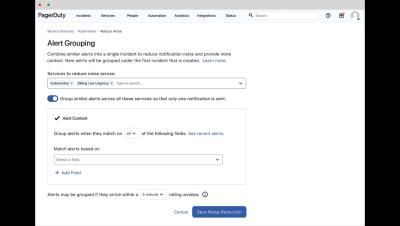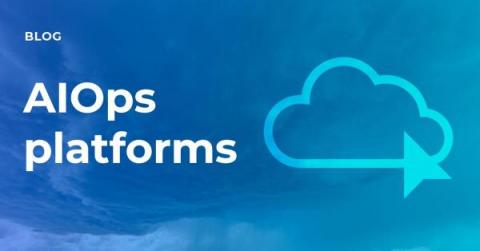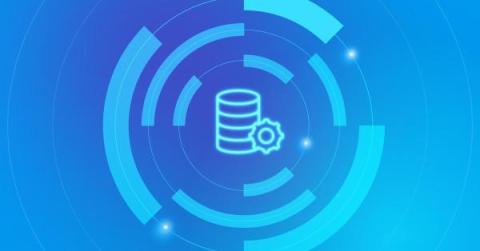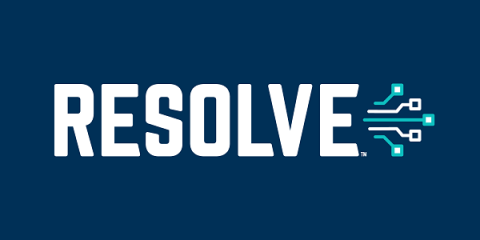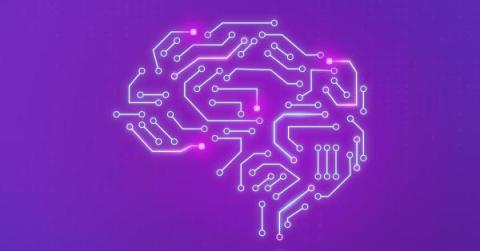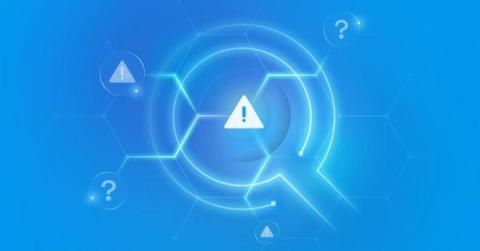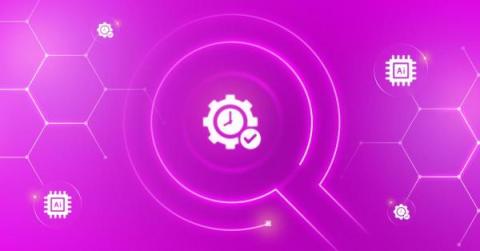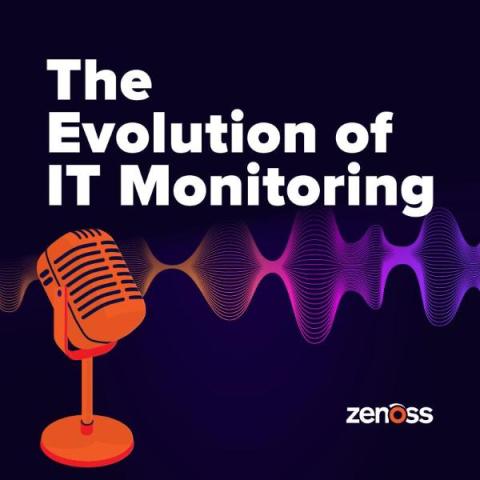Operations | Monitoring | ITSM | DevOps | Cloud
AIOps
The latest News and Information on AIOps, alerting in complex systems and related technologies.
Avoiding a Major Incident with PagerDuty AIOps
What are AIOps platforms?
IT operations teams are challenged to keep pace with the rapid speed of digital transformation. As companies use more cloud-based apps, increase agile deployments, and develop new microservices-based applications, they add layers and complexity to their technology stacks, making life increasingly challenging for ITOps performance.
How AIOps modernizes CMDBs to drive accuracy and value
Maintaining your Configuration Management Database’s (CMDB) accuracy, keeping it fully updated, and improving its performance is a frustrating and elusive goal for ITOps and IT leaders. Aiming for this ‘golden’ CMDB standard can feel like running on a treadmill where you’re putting in a lot of work, but remain as distant as ever from your goal. Can IT leaders ever catch up?
What is Mean Time Between Failures - and why does it matter for service availability
Mean Time Between Failures (MTBF) measures the average duration between repairable failures of a system or product. MTBF helps us anticipate how likely a system, application or service will fail within a specific period or how often a particular type of failure may occur. In short, MTBF is a vital incident metric that indicates product or service availability (i.e. uptime) and reliability.
Accelerated Remediations: How to Maximize AIOps Investments in Network Operations
So, you’ve spent some money and you’re the proud owner of a shiny new AIOps tool that helps improve your Network Operations. Network alarms are now usable, but with all the constant monitoring, supervision, and incident management, your Network Operations Center (NOC) is still overwhelmed. It’s time to pull out another stop.
Generative AI for IT Operations: Your Questions Answered
IT leaders are thrilled about the potential of Generative AI for IT Operations. But they also want to know how it works, why it works, and what it will do for them before taking the leap and adopting this new technology. Allow me to share my perspective on the hype and the truth behind Generative AI. I’m the Field CTO for BigPanda, Operational Intelligence and Automation driven by AIOps.
Accelerate change alert discovery and incident resolution with Root Cause Changes
Today, the majority of organizations operate under a hybrid cloud structure. Due to this, operations are consistently met with daily infrastructure and software changes and updates, which are also the primary cause of incidents and outages. Long gone are the days when a tech stack could be represented by a single dependency model. Microservices, CI/CD, and containers across multi-cloud make it extremely difficult to track all the changes and connect them to incidents.
Why automated Root Cause Analysis matters for driving down MTTR
Finding the root causes of IT anomalies can be challenging, but the rewards are worth it. By identifying the root cause or causes of an incident or critical failure, response teams can resolve incidents faster and determine the best steps to avoid having them recur. This can drive down both the frequency of service interruptions and their duration.



